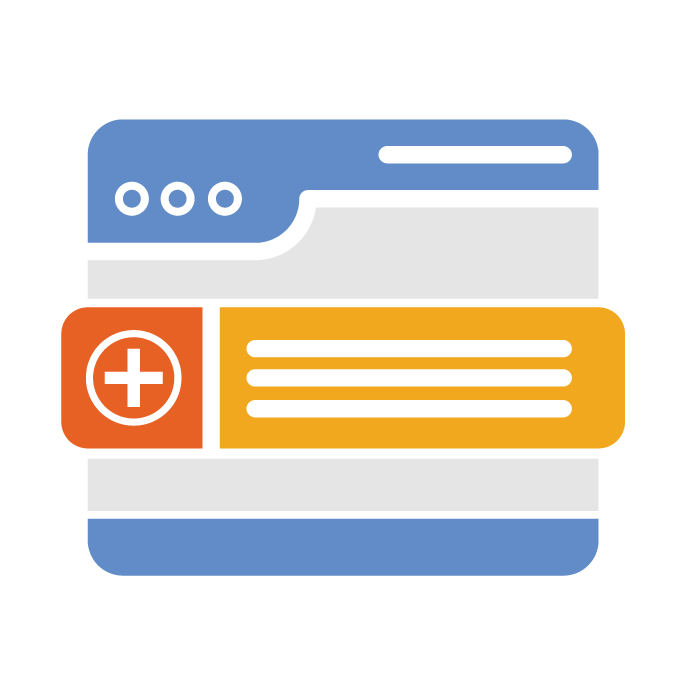1: Functions and Types of Health Information Standards
The Electronic Health Record (EHR)

The electronic health record (EHR) is an electronic version of a patient’s medical history that helps make health information available in digital environments. For example, an EHR can make it possible for a physician to send a prescription directly to a pharmacist.
The electronic record and the systems that enable record sharing allow healthcare providers and patients to connect health information from a variety of sources. This can provide a more complete view of a person’s health and can lead to better decision-making by both healthcare providers and patients.
An EHR can be shared so that other systems can reliably use the content of the record and perform the tasks that they were built to perform. In addition to communicating patient health data for clinicians and patients, as the patient permits it, other organizations are also able to make use of the data that is present in this record.
For example, the EHR is used for:
- Clinical care - collecting and displaying relevant patient information to clinicians for decision-making and coordinating care among clinical staff.
- Billing - automating claims, coding, and charges.
- Quality management - enabling accuracy and clarity in record-keeping, and monitoring patterns in accidents and errors.
- Outcome reporting - generating reports on quality measures.
- Public health disease surveillance and reporting - aggregating information about test results and diagnoses to monitor population-level health events and indicators.
ASTP/ONC
To learn more about the EHR and its potential benefits, explore the website of the Assistant Secretary for Technology Policy and Office of the National Coordinator for Health Information Technology (ASTP/ONC).
ASTP/ONC is the “principal federal entity charged with coordination of nationwide efforts to implement and use the most advanced health information technology and the electronic exchange of health information” (from About ASTP/ONC | HealthIT.gov).
Activity
Explore the full extent of the ASTP/ONC website on your own, but to give you a sense of the information they provide, visit the "What Are Electronic Health Records (EHRs)?" page and read about the benefits of the EHR.
While the EHR has the potential to break down previously siloed information and facilitate better and more rigorous care, simply having a digital record does not mean that all the potential benefits of the EHR is immediately unlocked.